Description
Dulce Suenos – Colombia
This coffee comes from the biggest farm in Colombia based around the beautiful area of Salgar in Antioquia. The Green Coffee Company was established in 2017 with the mission to change the dynamic of Colombian production using innovation, expertise and quality to bring consistent coffees to clients around the world.
The total farm size in now 4000Ha and this has been built up by acquiring 40 farms where they are able to implement full control over all aspects of production from the agronomy through to post harvest process and export. They have invested heavily in technology, and they have two centralised wet mills named Esmerelda and Gualanday which together have the capacity to deal with 360000kg of cherry per day. These wet mills are some of the most advanced in Latin America with the use of cherry colour sorters and the use of electronic tracking throughout the process. This advanced wet mill system has helped them reduce the volume of water needed to produce coffee by over 21 million litres.
At GCC there is also a strong focus on the environment and social conditions that are part of the philosophy of the supply chain. On the farms they are working actively to protect the watershed by planting over 26,000 non coffee trees on the land. They actively manage 55% of this land as well as having 153 ha of designated reserved forest. They have also planted in this time over 2 million coffee trees of Castillo and Colombia on land that used to be used for cattle production. In the nursery as well they have completely eliminate the use of plastics used for seedlings by implementing the Ellepot system where a machine fills biodegradable, cellulose bags with a mix of peat perlite and coconut bark that is the ideal development environment for germinated seeds. This improves upon the manual method in several ways which also helps to improve the time to germination for seedlings as well as reducing the mortality from 23% to 15% so more make it to be planted in the field.
The farms have over 400 permanent employees who also have access to secured regular work as well as having a pension program for the workers. They also have an equal opportunity program with 27% of the employees being female and with the aim to create more leadership roles for women at the farms. They have also an initiative supporting single mothers into employment in the local community.
1. Cherry is received at wet mills. There are two kinds of cherry that the mills receive: cherry harvested from GCC farms OR cherry purchased from 3rd party partners that they work with and are processed and tracked separately.
2. Cherry is floated in small tanks to remove debris and floaters. This is the only step where water is used.
3. Cherry is colour sorted. Using MultiScan technology, the machines can be calibrated to the tolerance for ripeness optically and sort the cherry at this stage. Next the coffee is moved mechanically where it is sorted by density and then size.
4. Coffee is pulped in 6 different pulpers according to cherry size. This minimizes any damage in pulping, as only the correct size cherry is sent to pulpers calibrated for that size.
5. Coffee is moved mechanically to fermentation tanks, where it is fermented with a proprietary enzyme developed by our fermentation scientist. This allows us to ferment coffee for 3-5 hours, before it is washed in an ecowasher (a little more water use here) and again moved mechanically to dryers.
5. The coffee is dried for 12 hours at 50' celsius in silos to 45% moisture content, then transferred to gardiolas where it is finish-dried at 42' celsius for 16 hours to 11.5% humidity.
6. From here the parchment is bagged and moved to our drymill facilities where the lots are created and tagged.
7. The coffee is then milled and prepared for shipment
THE SPARKLING WATER DECAFFEINATION PROCESS
This process was first discovered by a scientist called Kurt Zosel at the Max Planck Institute for Coal Research in 1967 as he was looking at new ways of separating mixtures of substances. In 1988, a German decaffeination company called CR3 developed this process for decaffeination whereby natural carbon dioxide (which comes from prehistoric underground lakes) is combined with water to create ‘sub-critical’ conditions which creates a highly solvent substance for caffeine in coffee. It is a gentle, natural and organically certified process and the good caffeine selectivity of the carbon dioxide guarantees a high retention level of other coffee components which contribute to taste and aroma.
The process is outlined below:
The green beans enter a ‘pre-treatment’ vessel where they are cleaned and moistened with water before being brought into contact with pressurised liquid carbon dioxide. When the green coffee beans absorb the water, they expand and the pores are opened resulting in the caffeine molecules becoming mobile.
After the water has been added, the beans are then brought into contact with the pressurised liquid carbon dioxide which combines with the water to essentially form sparkling water. The carbon dioxide circulates through the beans and acts like a magnet, drawing out the mobile caffeine molecules.
The sparkling water then enters an evaporator which precipitates the caffeine rich carbon dioxide out of the water. The now caffeine free water is pumped back into the vessel for a new cycle.
This cycle is repeated until the required residual caffeine level is reached. Once this has happened, the circulation of carbon dioxide is stopped and the green beans are discharged into a drier.
The decaffeinated coffee is then gently dried until it reaches its original moisture content, after which it is ready for roasting.
There are several benefits to using this process for decaffeination: The agent used for extracting the caffeine is entirely natural and the process can be classified as ‘organic’ due to the complete lack of chemicals used throughout. There is also no health risk by consuming coffee that has been decaffeinated in this way.
The way the process works means the other compounds in the green bean are left untouched, meaning decaffeination has no effect on the flavor and aroma of the finished product. The carbon dioxide is very selective and doesn’t extract the carbohydrates and proteins in the green bean which contribute to flavor and smell.
The cell structure of the green bean and the finished roasted bean is unchanged which is of great advantage when working with specialty coffees.
The by-products are 100% natural and recyclable.
Try Dulce Suenos our coffee shop or order through our website to have it delivered!
Try our other specialty coffee beans!
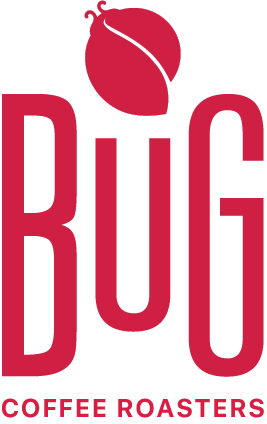
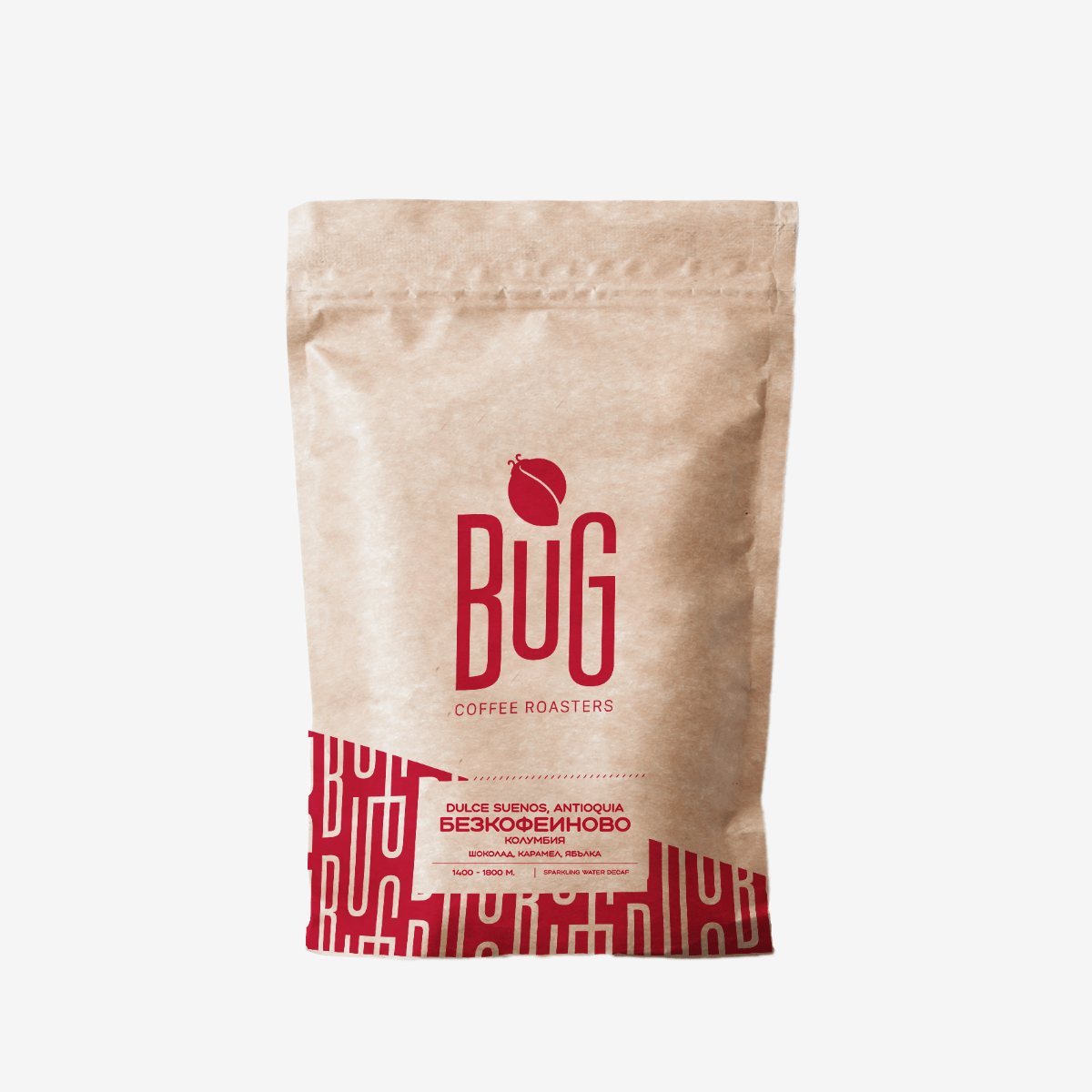
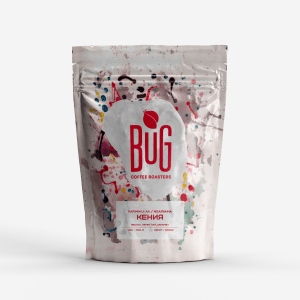
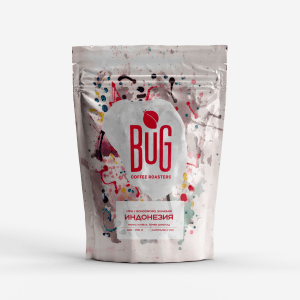
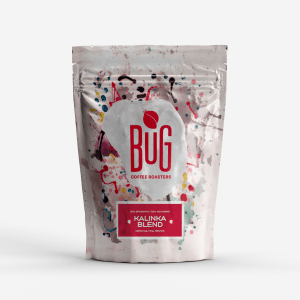
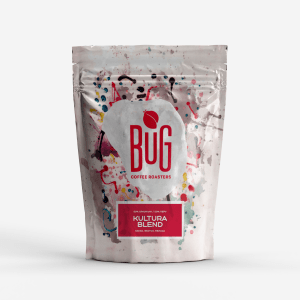
Reviews
There are no reviews yet.